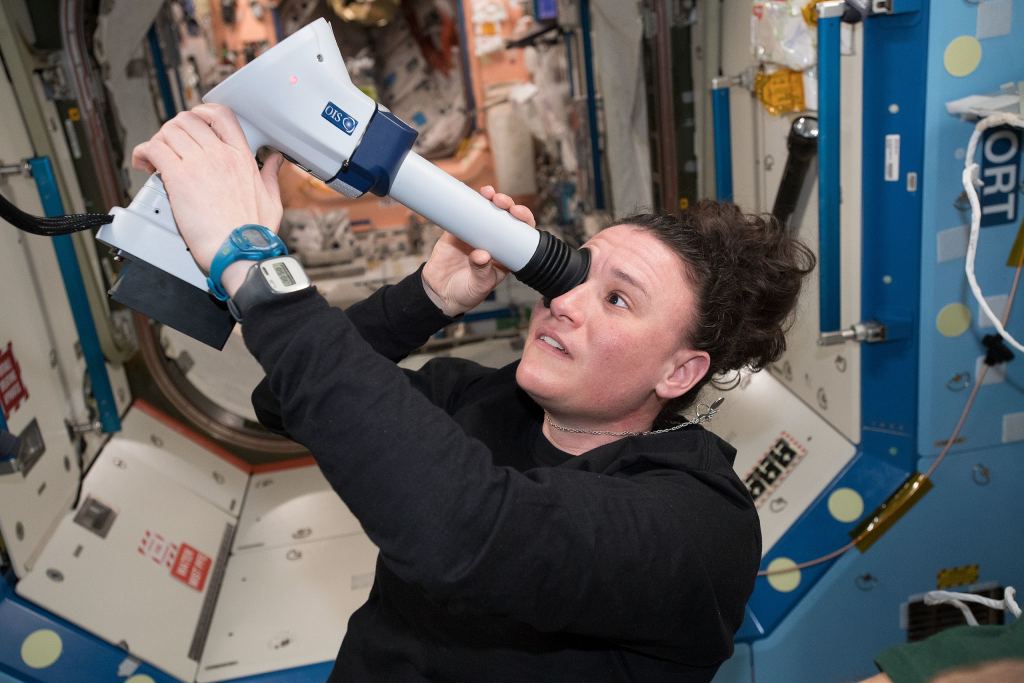
The swelling at the back of the astronauts' eyes can cause them to have trouble seeing when they return to Earth. Sometimes it is permanent. Preparing for future long-duration spaceflights to the Moon and Mars involves understanding the way microgravity affects the eyes and the human body as a whole. Researchers at the Medical University of South Carolina used magnetic resonance scans to measure the blood vessels in the brain of astronauts before and after they flew on the International Space Station. There is a strong connection between eye trouble and the swelling of these veins.
Poor eyesight is one of the medical challenges facing humans in space. The high radiation environment of space threatens to cause long-term diseases like cancer when muscles are not fighting against Earth's gravity. The International Space Station is designed as a microgravity laboratory, with many of the experiments carried out there being medical in nature, with astronauts themselves as willing test subjects. A lot of medical data has been gathered that will reduce the risk of future spacefarers.
The effect of spaceflight on the eyes is called spaceflight-associated neuro-ocular syndrome. According to one of the study's authors, SANS is so common that astronauts carry extra glasses when they go into space. They know that their vision is going to get worse up there, and they have even started calling them space anticipation glasses.
Chris Ferguson had his eyes imaged at the Johnson Space Center Flight Medicine Clinic in Houston. Credit: NASA.
The flattening of the globes, injury to the retinas, and the swelling of nerves in the eyes are some of the physical changes in the eyes. The eyes of some astronauts can take a long time to heal.
According to the paper produced by Rosenberg and his colleagues, the root cause of SANS seems to be veins swelling behind the eyes. The distribution of blood in the body is affected by weightlessness, with fluid moving towards the head and eyes more than is usual on Earth, where gravity reduces the flow to these areas.
Pre-screening can help astronauts understand the risks to their eyes before they ever leave the Earth, because the results imply that individuals with increased venous sinus compliance may be at increased risk of developing SANS.
There is still more to learn. The team hopes to do more research on how SANS risks might differ between men and women using a larger sample size of astronauts. They would like to install a mobile machine on the space station that would allow them to do brain scans in space. The team would like the chance to rule out the possibility that the changes in the intracranial venous system occur on return to Earth. The team believes their research will help understand eye disorders for humans. Medical science can be applied to what is learned in space.
You can learn more.
MUSC Catalyst News has a story about how changes in blood flow volume may be at the heart of worsening eyesight.
The article was written by Coker MA, Taylor JA, and Rosenberg MJ. There was a comparison of Dural Venous Sinus Volumes before and after flight. There is a Netw Open. 2021.
Serena Aun-Chancellor is on the International Space Station and she is looking at her eye with remote support from doctors on the ground. Credit: NASA.